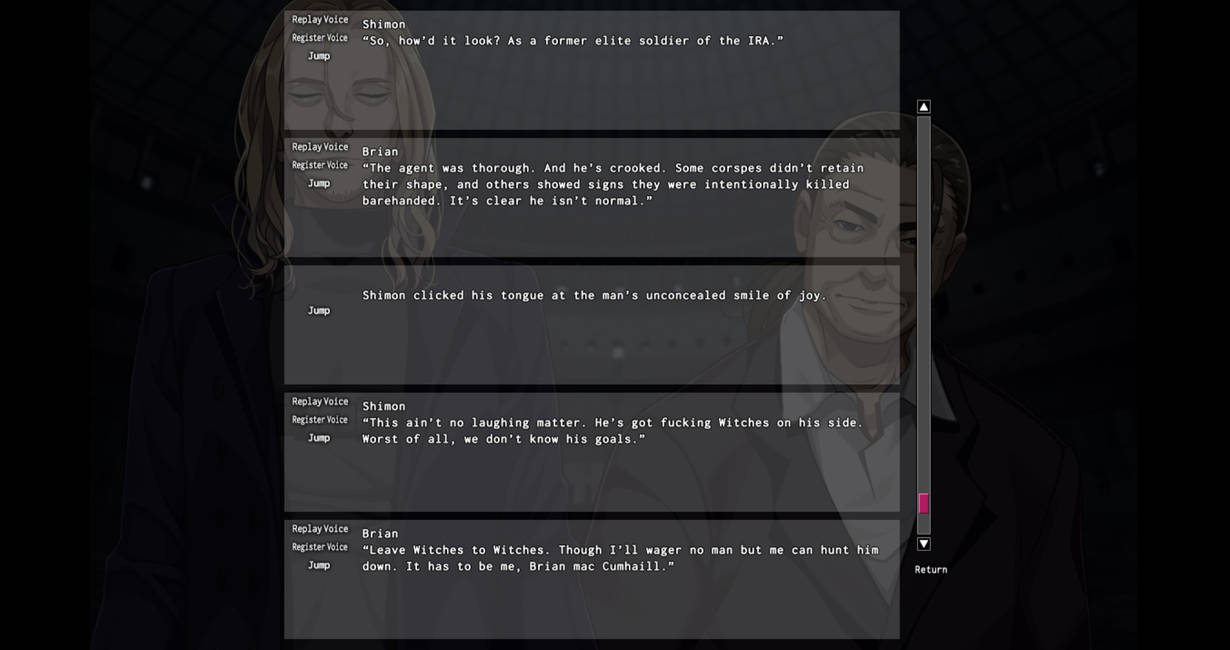Hello and welcome to my seasonal Steam Curator Connect Wrap-up, where I’ll be looking at games sent to me for review through my Steam Curator profile during the last few months – particularly the shorter/simpler among them, for which I couldn’t make dedicated posts. This time, the quality of the VNs I’ve received was a positive surprise, with each title offering something interesting and most of them exceeding my expectations in some ways. The highlights of today’s list are definitely the virtual reality-themed thriller Omnimus and the uniquely-stylized, mildly-erotic queer VN Knife Sisters. However, all of the games I’ll be writing about are arguably worth your attention, so please stay with me while I explore their main perks and issues. As usual, links in each title will lead you straight to the Steam store page, so you can quickly check the games out at their source. Enjoy!

The growth of Mikołaj Spychał’s lineup of perfectly-generic romance VNs quite likely isn’t stopping any time soon, and his fourth game, Summer Meetings, is another incremental improvement to the previously-established formula. Much of the fun in his VNs come not from the very standard love stories, or especially from the minimalistic visuals (nearly no CGs and simple sprites), but from the ability to mess up the romance in an impressive number of ways. Dating a few girls at once without them knowing, cheating, randomly kissing the wrong girl at the concert you went to as a group… For people that just want to see the world burn, this might be the best opportunity since School Days (although without that significant bonus of hentai and/or gore).
At the same time, the core story is solid enough for what it tries to be and the writing feels like a step up from all the author’s previous titles: it has a nice flow to it and the English script feels pretty much devoid of translation issues I’ve noticed in his earlier games. The five heroines are decently fleshed-out and even can surprise you in some ways – like the step-sister's willingness to keep the romance non-committal and even tolerating other girl being the protagonist’s primary focus. The main thing stopping me from fully recommending it is the price: for a VN this simple visually and with 5-6 hours of content, 10 dollars feels like an overkill. If you find it for half of that price, however, it’s a surprisingly fun way of burning one or two evenings.
Final Rating: Cautiously Recommended
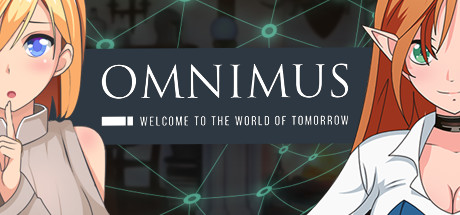
Omnimus is probably the biggest positive surprise of today’s list: a cheap visual novel by a low-profile Russian studio that at first looked rather unassuming, but quickly managed to capture my attention with a high-quality intro. After that, it simply never stopped being well-produced and immersive. The opening segment efficiently introduces you to the setting: a near-future Earth on which, after a series of natural disasters and conflicts, the nation-states started decaying, making space for the rise of corporate power. From this broad picture we're immediately transitioning to our protagonist waking up from a coma, apparently paralyzed, only to find out that he’s been “volunteered” for a highly-ambitious virtual reality experiment. He then meets three other test subjects, with whom he’ll get involved in a highly-unpredictable intrigue with strong flavours of capitalist dystopia and transhumanism.
While short and ultimately pretty simple (the plot is mostly linear and your choices have only a very limited impact on the major events), Omnimus do a few things very well. First, it effectively sustains a sense of tension while you’re navigating the virtual world, without knowing its real purpose or true intentions of the crucial actors involved in the story. Second, it makes the mystery plot rather complex and ambiguous – each reveal both clarifies certain things and makes you question the sincerity of those providing you with the information. Each of the two main forces driving the plot has their own agenda, not necessarily aligning with your best interest and you have to play knowing you’re your own best, and possibly only ally. There’s also a very minimalistic romance subplot for each of the two female characters you meet in the virtual reality – this is the source of one of my only complaints about the game, as getting the romance scenes requires making a perfect sequence of 9, very not-obvious choices, which is a major overkill. Other than that, though, Omnimus is just a very cool experience, which reads, looks and sounds very solid despite costing just 2 dollars. This is exactly the kind of quality and value proposition I like to see in EVNs by small studios, and I strongly encourage all of you to check it out and support the devs behind it.
Final Rating: Highly Recommended
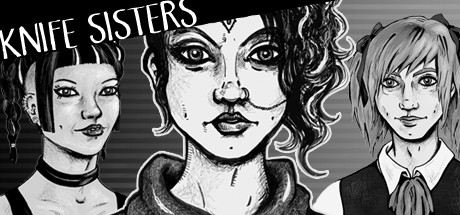
Knife Sisters is a deeply unique VN experience for a variety of reasons. Its pencil-drawn, monochrome art is very distinct, but also surprisingly detailed and expressive. Its choice system, with the ability to respond immediately, stall to see different dialogue options or just wait out decisions altogether, represents real-life dialogue way better and more in-depth than most of the typical visual novel mechanics. Its approach to romance is unapologetically queer and polygamous, and full of eroticism, but never crosses the line into plain porn. The effecting mix is quite unlike anything I’ve read before, while it also isn’t extravagant or extreme in its context to the point it couldn’t be enjoyed by more or less anyone who isn’t allergic to LGBT+ themes.
The game focuses on Leo, a non-binary individual whose life is turned upside-down by the arrival of their new roommate, a strange girl known as Dagger. Trying to pull Leo in strange occult rituals and apparent personal vendettas, she opens a horror plot going alongside a much more relaxed story of protagonist’s relationships and hook-ups. All this leaves quite a lot of space for player agency, both with the usual dialogue choices and decisions on what to do/who to meet at many point in the story, while always staying true to the main character’s core personality traits – general lack of interest in long-term relationships and laid-back nature, meaning they’ll always prioritize fun over building deep bonds. It’s not your usual love story, but is very believable and consistent in what it shows, and even wholesome in its own peculiar way, as it rewards being mindful of other people’s feelings and needs, despite the kinky and non-committal nature of what is happening between them and the protagonist.
While I have some minor gripes with Knife Sisters, like the lack of certain quality-of-life features (the game is made in Unity and not a dedicated VN engine) and lack of control over certain events (for example, you can’t outright avoid many romantic interactions even when you want to), they are mostly irrelevant in comparison to sheer enjoyment factor it offers. It simply looks, sounds and reads to well for those issues to have a major impact and if it sounds like something you might enjoy, I wholeheartedly recommend giving it a chance.
Final Rating: Highly Recommended
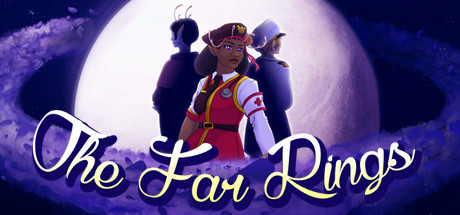
Getting a review copy of a free game is always a bit ironic, but in the case of The Far Rings, I can’t say I regret getting the curation request and the opportunity to share this game with others. This small sci-fi otome, co-authored by the game jam veteran Heiden (responsible for the semi-famous Helena’s Flowers, among other titles) offers a brief, but well-written and well-paced story about war and prejudice, with a totalitarian state in the background. The protagonist, Athena, is a doctor who went on a humanitarian aid mission to a planet invaded without provocation by her homeworld. There, her organisation’s camp is attacked by the local resistance and she is the only one to survive the resulting massacre. The story proper starts with Athena on a small spaceship, carrying both her and a prisoner – alien supposedly responsible for orchestrating the attack – back to her home platen, piloted by a young naval officer acting as the ship’s only crew. Before they can reach their destination, the player can discover the connections between Athena and those accompanying her on her journey, and maybe find an escape from the cycle of conflict and oppression forced upon then by her planet’s progressively more authoritarian and warmongering government.
The Far Rings, while very short (around two hours of content), does many things well. The quickly-stablished setting and the reveals, both those related to heroes and Athena herself, are genuinely interesting. The protagonist is well fleshed out and her idealism clashes constantly with the attitudes of those around her, shaped by the pressure to conform and the atrocities of war. The aesthetic and sound, while not particularly flashy, are really well-done. Ignoring one naively-positive resolution to the story (I’m pretty sure that shouting at a homicidal warlord could have many results, but him backing down is the least probable one), it’s a thoroughly enjoyable experience, with the authors promising to expand on it further with a definitive version featuring an extra (true) ending. You might want to wait until that kicks in, but even now, for the generous price of nothing, it’s a visual novel absolutely worth trying out.
Final Rating: Recommended
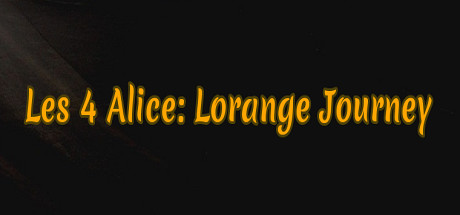
It’s arguably pretty futile to write here about games that were delisted since I’ve received my review copies, but in the case the author decides to restore them, I’ve decided to give them some coverage – also because they are something of a unique affair and this applies particularly to the first game in question, 4 Alice. That short story is written from the perspective of an autistic person interacting with other people like her, but whose disorders show different symptoms and levels of severity. It offers a very rare opportunity for to experience the thought process and perception of the world by someone on the autism spectrum without being overly focused on the attempts to educate people – its brief fantasy/horror plot about a group of girls stuck in a magical house could work without the quirks of its cast, but is made more interesting by their internal struggles and unusual behaviour.
The second story, Divine D.I.V.A, is a bit less interesting – a simple wish-fulfilment story about a team of female mercenaries in the far future. Both games are also brought down by technical limitations: the simultaneous French and English text in both the story and menus is particularly jarring, killing the aesthetic of both titles (which is already very simple – they’re very basic interactive fiction with no character sprites and stock art). English translation is also pretty junky, but the experience of reading these stories made me believe the author had some potential and many things to say. If she polishes her approach to making the stories and returns to Steam, I’ll be quite interested in seeing what she comes up with.
And this would be it for today’s summary – the next one will be coming in February, hopefully with the winter season giving me the opportunity to go through some longer/more ambitious games that are still waiting to be covered on the blog. And there are some amazing-looking titles in my backlog, that I really want to give a proper look and share them with all of you. Until that happens, I hope you’ve all enjoyed today's list – see you in two weeks!







